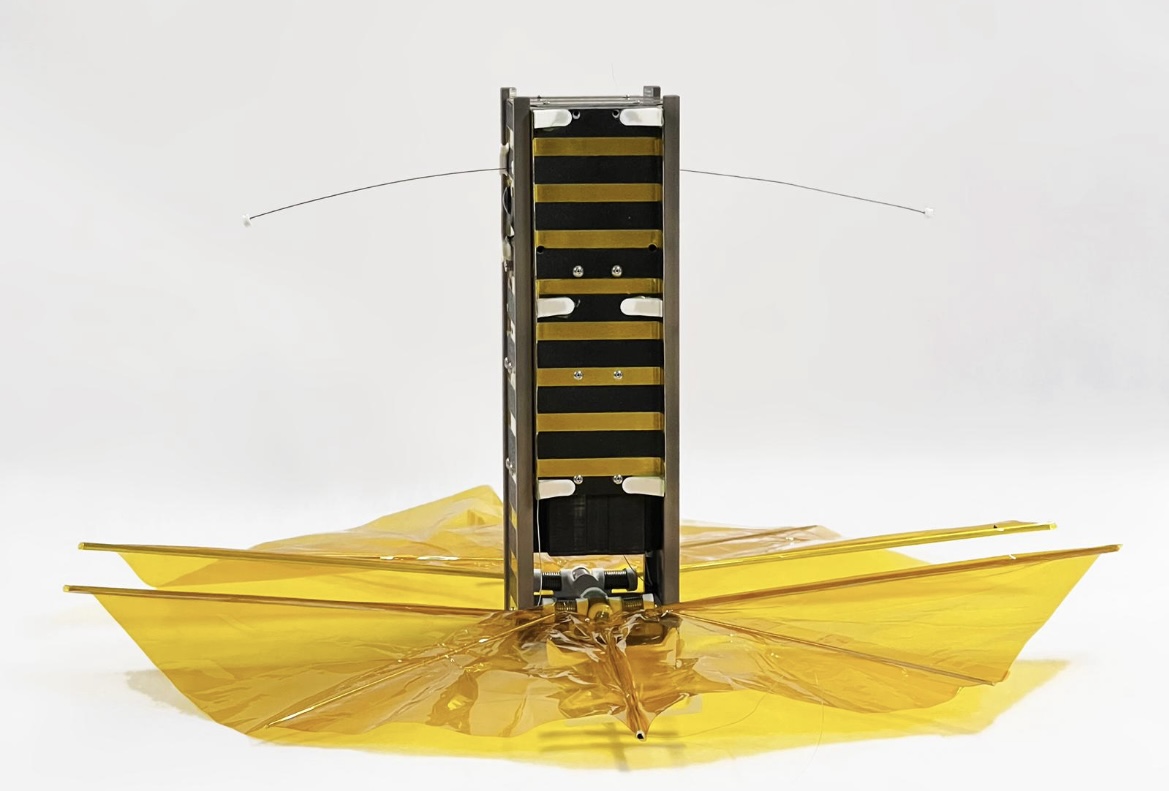
SBUDNIC before qualifying
From the collaboration between CNR-IIA and Brown University School of Engineering, the SBUDNIC satellite mission begins, with the launch of a CubeSat 3U, on May 25, 2022, from Cape Canaveral, on a SpaceX Falcon 9 rocket. The satellite will be released into orbit by space logistics company D-Orbit's ION Satellite Carrier satellite platform.
The project was led by a team of students, professors and researchers from Brown University and the Institute on Atmospheric Pollution of the National Research Council (CNR-IIA) and involved the construction of a CubeSat 3U (3 units) with a Open approach, mainly leveraging commercial components commonly used on Earth, including an Arduino processor and Energizer AA batteries. The CubeSat will orbit at an altitude of 500 kilometers and will allow the download of low resolution images in the amateur radio band.
"SBUDNIC is a New Space experiment: it demonstrates that it is really possible to access space with a limited budget and commonly used parts, in a few months, from idea to launch," says Lorenzo Bigagli, researcher at the Florence branch of the CNR- IIA and project manager with Rick Fleeter, Associate Professor of Engineering at Brown University.
“We are working to bring space closer to the Earth. SBUDNIC offers researchers the ability to perform an almost lab-like space experiment by leveraging components that are quickly and cheaply available off the shelf, from hardware stores or on Amazon, ”comments Fleeter.
The scientific cooperation initiated by CNR-IIA and Brown University School of Engineering is supported by NASA through the Rhode Island Space Grant and aims to develop new techniques and skills in Earth observation and its applications, with particular attention to teaching and knowledge transfer, as well as to promote open access to documentation, software and other information and resources for the development of Earth observation capabilities.
SBUDNIC's key goal of making space exploration more accessible is not limited to the availability of the parts used. As the entire satellite project follows the Open philosophy, it is hoped that future engineers can take a cue from SBUDNIC to advance space exploration in academia, research and industry.
The SBUDNIC project is also supported by D-Orbit, AMSAT-Italy, University of Rome “La Sapienza” and NASA Rhode Island Space Grant, with the award number 80NSSC20M0053.
Learn More: https://sbudnic.space/
